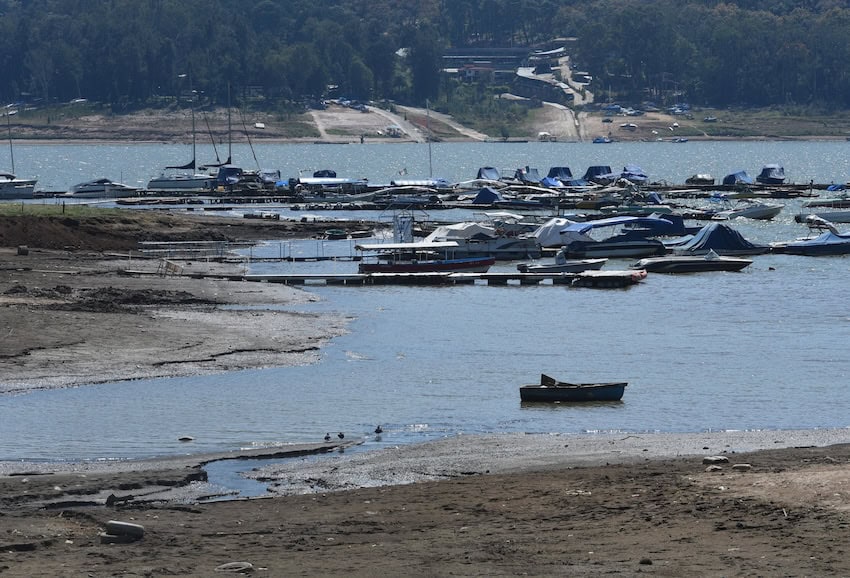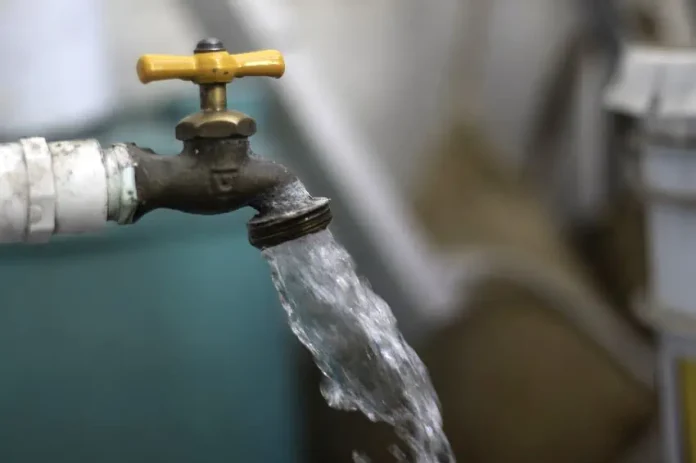Water supply to the Mexico City metropolitan area from the Cutzamala reservoir system will be suspended for six hours Wednesday night, as water authorities repair a “sudden” leak in one of the control valves of the system.
To reduce the impact on residents, repair works will commence at 8:00 p.m. on Wednesday and finish at 2:00 a.m. on Thursday, the National Water Commission (Conagua) said in a statement. The Cutzamala system supplies about 28% of the capital’s water, but the shutdown will affect 12 of the city’s 16 boroughs, and 16 municipalities in the State of México.

“Works to repair the damaged part and restore operation require a total shutdown of the system for approximately six hours. In that period of time, the water supply to the Metropolitan Area of the Valley of Mexico will be completely suspended,” Conagua said.
The repair works will be carried out on one of the control valves of the Number 4 pump at Plant 5 of the Cutzamala system.
For its part, the Water Basin Organization of the Valley of Mexico (OCAVM) has urged the population to use water more efficiently as the city faces scarcity and temporary supply reductions as a result of the upcoming infrastructure repairs.
What is the Cutzamala system?
The Cutzamala System is one of the largest water supply sources in the country. It is a complex network of reservoirs built between the late 1970s and 1994, supplying water from the Cutzamala River to the Mexico City and Valley of Toluca metropolitan areas.
The system relies on seven reservoirs, six pumping plants, 322 kilometers of canals and tunnels, and a large water treatment plant. Carrying water from the Cutzamala basin up more than 1,100 meters in elevation, the system provides nearly 15 cubic meters of water per second to the Valley of Mexico’s sprawling population.
While it is considered an impressive feat of engineering in Mexico, the four-decade old system has been affected by the effects of time and earthquakes, which have caused damage to the pipes. Studies show that more than 40% of the system’s water is lost through leaks. Moreover, the system’s reservoirs are at low capacity due to extreme heat and low rainfall.
In March, the system’s largest reservoir Valle de Bravo (which has a capacity of 394.4 million cubic meters) was at its lowest level since 2016, at merely 28% full.
The storage levels of Valle de Bravo and the rest of the system’s reservoirs are expected to slowly increase as the rainy season begins.
With reports from Excélsior
